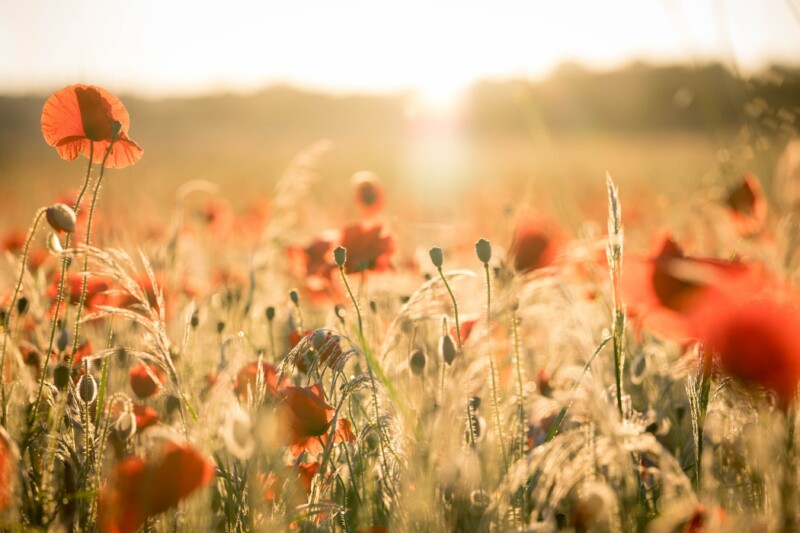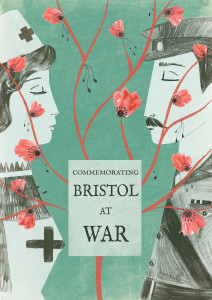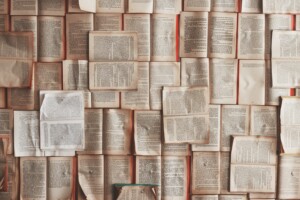Why Paint War? Art, British Artists and the First World War

Share this
Few images have caused quite the same fuss as Peter Howson’s ‘Croatian and Muslim’, which was unveiled in 1994 after his tour of duty as a government-sponsored artist with the United Nations Protection Force in Bosnia.
It had in fact been the Scottish painter’s second trip to the Balkans. His first – in June 1993 – had been so traumatic that he asked to be allowed home without producing much work for his sponsor, the Imperial War Museum in London. A BBC documentary about his truncated visit captures the moment when Howson, a stocky, rather imposing young man, pauses sketchbook in hand, at the site of a recent ambush on a convoy of coaches. Peering with evident disgust at the puddles of blood and tattered remains of its former passengers, Howson turned away in utter abjection muttering, ‘I can’t draw this.’
On his return to Glasgow he was denounced by the press as a coward and white feathers were alleged to have been pushed under the door of his house, even though it had in fact been an outbreak of dysentery that had forced his premature return. Despite his anguish, he went back to the battlefront later that year and ‘even though all my art materials were stolen and I had to draw with boot polish and candlewax’, it was a more productive trip. Steeled by his first experiences, Howson made a large portfolio of drawings, using them as the basis for an impressive show of paintings that aroused considerable interest when it was shown in London in autumn 1994. His mental anguish at the horrors of war was brilliantly translated into stark, figurative images of its aftermath, in particular the plight of those refugees that had been forcibly moved from their homes, ‘ethnically cleansed’ as it became known. His painting of that title, showing a group of six refugees stranded in a village with their few possessions, was purchased with two other oils and three drawings for the war museum’s sizeable permanent collection.
‘Croatian and Muslim’ was not one of them. Its ‘exclusion’ caused uproar. More than that, it brought into the frame the rumbling debate about the very role of the war artist, probing their value as independent witnesses, and questioning the validity of painting ‘imaginary’ events as opposed to ‘factual’ records. The small canvas, which graphically depicts the rape of a Muslim woman by two Croatian soldiers, was the painter’s response to numerous accounts from victims whom Howson had met on his second tour. It is a truly disturbing scene, but, interestingly, the furore it aroused focused not so much on the abomination itself but on the right of an artist to pass off such scenes as ‘authentic’. Although the painting was actually exhibited, and reproduced in the catalogue, its exclusion from the permanent collection further polarised two schools of thought: those that felt it necessary to depict the true face of warfare using whatever means available to an artist, and those who argued that an artist must bear witness, ocular not just circumstantial, to a scene of horror before committing it to canvas.
Many critics challenged the museum’s decision, arguing that ‘Croatian and Muslim’ had been rejected because the narrative image was too uncompromising and politically provocative. But at the real heart of the matter was the artist’s admission that he had not seen it with his own eyes, and this omission made it ineligible for the museum’s stringent rules which required their official war artists to ‘be there when it happened’.
That principle had been established very early in the life cycle of the Imperial War Museum, which has long commissioned artists to go to various theatres of conflict and paint war ‘as it is’. In 1916, the first British war artist, another Scot called Muirhead Bone, an etcher more used to drawing industrial and architectural scenes, was nicknamed the ‘London Piranesi’ for his ability to depict vast and complex construction sites, shipyards, cathedrals and docksides. Nothing daunted him. But on the Western Front he struggled to find the face of modern war; it was elusive, distant and nocturnal. By daylight, the battlefield, or what he could safely see of it, was empty and deserted, with tens of thousands of combatants secreted in their troglodyte worlds. At night it was crowded with activity but too dark to draw. Despite his best efforts, his tireless traipsing across the front, and his unwavering diligence, critics derided his efforts. ‘It is like looking at war through the wrong end of a telescope’, scoffed one. Indeed, so detailed were his drawings of nothingness that his fine charcoal and ink drawings were dismissed as being ‘too true to be good’.
However, Bone’s work was widely reproduced in government publications and his graphic line reproduced well on the war-rationed newsprint of the day. His drawings were highly regarded as pictorial propaganda and exhibited in the UK and the USA where tens of thousands flocked to see them. However, above and beyond his artistic credentials, Bone had the status of an officially sanctioned commissioned artist with military rank and unlimited access to the fighting zones. Hundreds of other artists clamoured for that same status. They flooded the museum with requests to buy their work, or to give them a coveted Sketching Permit to visit the front. They wanted to see for themselves (as one rather archly put it) the battlefields before they were all mended and tidied up. ‘I missed seeing the aftermath of the volcanic eruption at Messina in 1909’, wrote another painter, as he pleaded for permission to see the ruins on the Somme or the battered landscape of the Salient at Ypres for himself. Inevitably, the authorities said ‘no‘. They also said ‘no’ to those artists who had contrived elaborate narrative images from newspaper accounts, or from tales told by ‘one who had been there’, or who copied them from the limpid photographs that appeared sporadically in the illustrated press of the day. They insisted on eye witness verity. Official war artists in Britain and its Empire, and to a similar degree in France, Germany, and the United States, had first to be part of the official administration that condoned and catered for their commission, and then had to travel under official escort to the battlefields where they came under the jurisdiction of military censors. If Britain had been slow to mobilise official artists, other parts of the Empire were slower: New Zealand authorities had to be spurred into action by soldier-artists, such as Nugent Welch, who felt their contribution to the war was being neglected and unrecorded.
A second wave of officially sanctioned painters was drawn from a younger generation of artists who had actually served in the services, many of them had front-line experience which further validated their credentials. Paul Nash, for example, was a commissioned officer in the Hampshire Regiment, and although he only served a matter of weeks in the front before he was invalided home after falling and fracturing his ribs, it was enough to vouch for the authenticity of his later work as an artist, work that set the standard for the time.
Christopher Richard Nevinson, possibly the greatest showman and impresario of the day, cultivated an impression of fearless artist-soldier, sketching in the trenches, dodging enemy shellfire, despising armchair bound journalists who, he feared, would decry the quality of his paintings. They did. One ridiculed his ‘veneer’ of modernism; another called him a showman and an imposter. He cared little for their views: the public clamoured for his work. When ‘La Mitrailleuse’ was first shown in 1916, attendants had to be placed on either side to keep the queues moving past it. Yet, it is unlikely Nevinson had spent that much time in a trench, his arthritic condition made it difficult for him to drive the unwieldy motor ambulances that he had volunteered to take into the most gruesome corners of Belgium. But the authorities were delighted at Nevinson’s aura of authenticity: he had after all flown with the Royal Flying Corps, been up in a tethered observation balloon, made an illicit visit to the Ypres trenches, and witnessed the dreadful suffering of thousands of wounded and abandoned French soldiers at ‘The Shambles’ in Ostend. He met the essential criteria of the war artist: dogged, dangerous, inspirational; capable of rendering the dreadful nihilism of the war in an uncomplicated figurative form that blended realism with geometric modernism. Above all, he had unchallengeable authority, his reputation as a painter underpinned by irrefutable retinal credentials.
Notes
Many of the citations made in this short essay are drawn from Paul Gough, A Terrible Beauty: British Artists in the First World War (Bristol, 2010) which has chapters dedicated to such artists as Muirhead Bone, Paul Nash, Richard Nevinson, and Wyndham Lewis. The official war art schemes in Britain and the British Empire are covered in Meirion Harries and Susie Harries, The War Artists, (London 1983) which is an essential text, and Sue Malvern’s book Modern Art, Britain and the Great War: Witnessing, Testimony and Remembrance (Yale 2004).
Part of this essay was first published in part of a catalogue essay for Kingsley Baird‘s exhibition in New Zealand: Serve: a new recipe for sacrifice, 2010.

